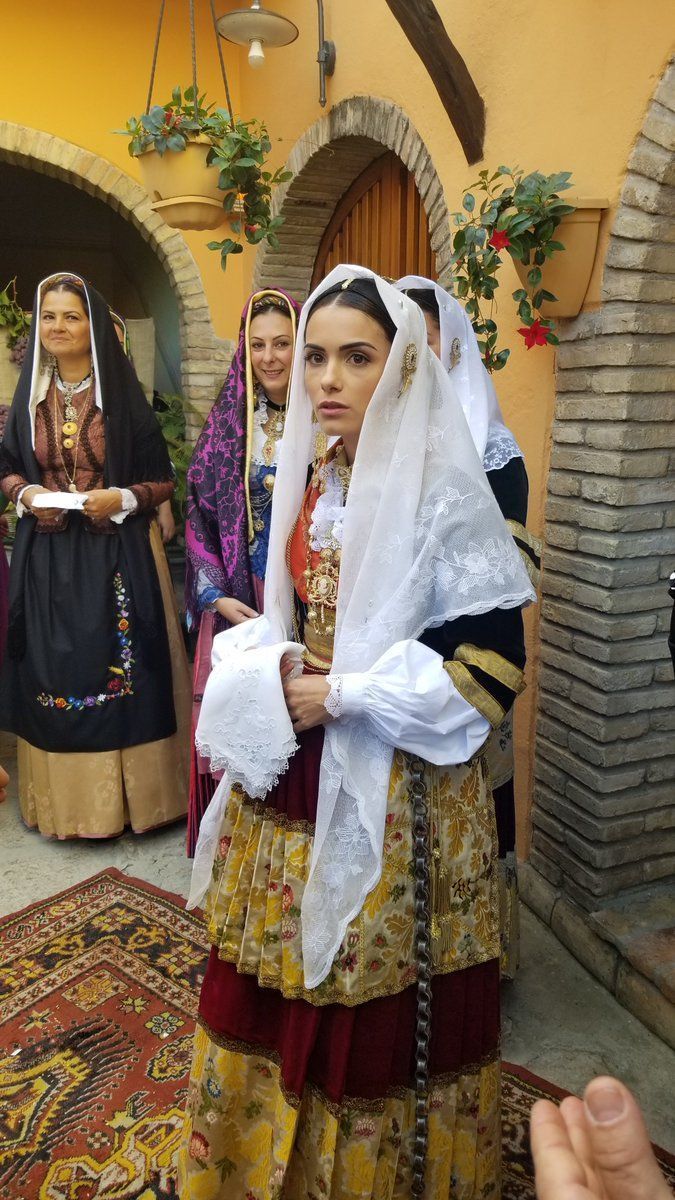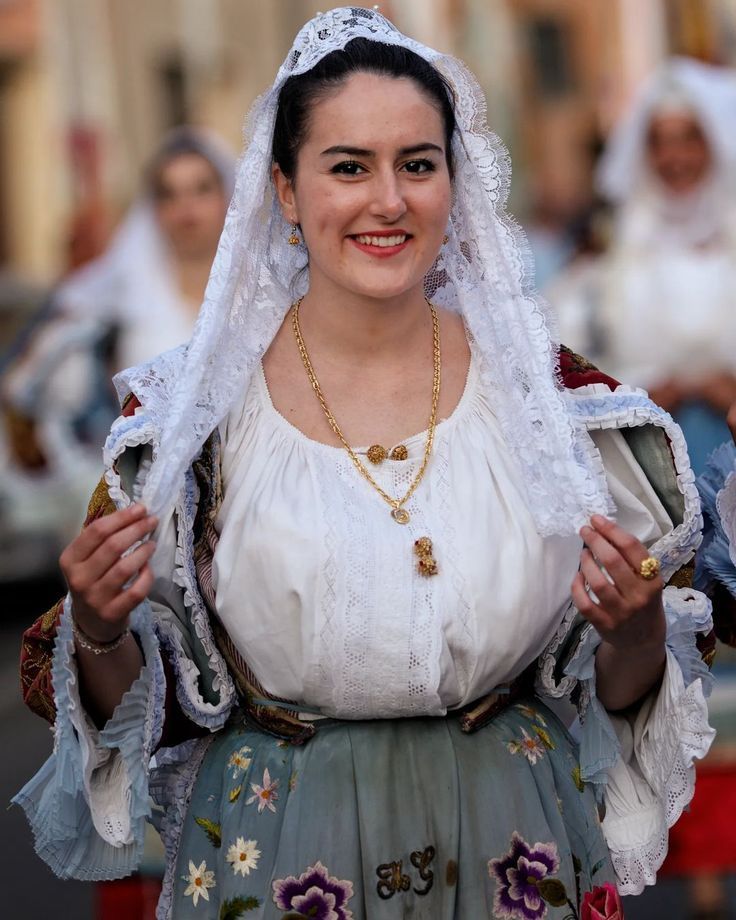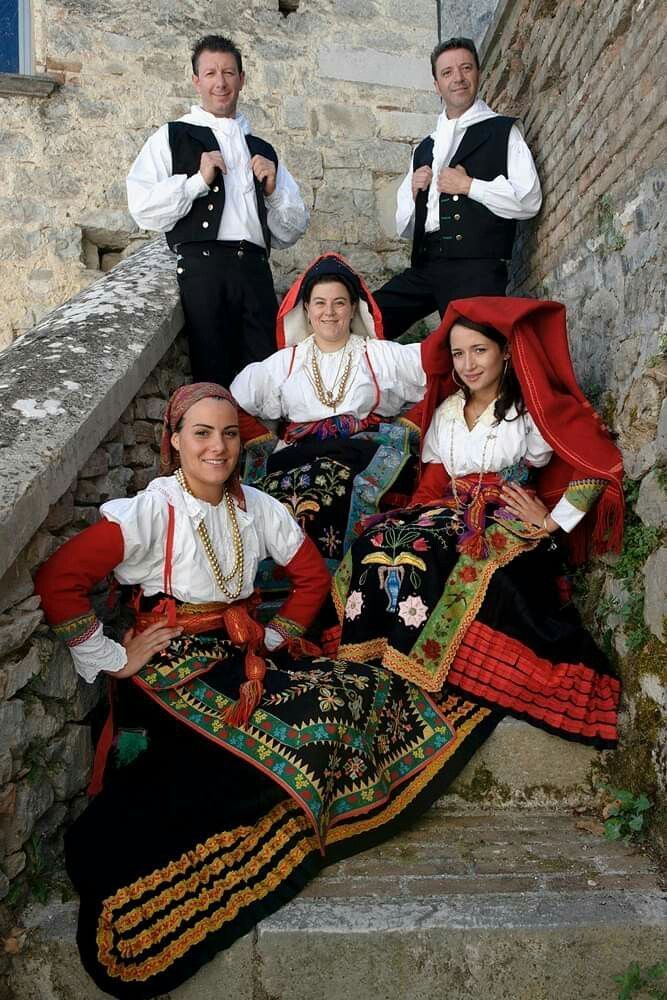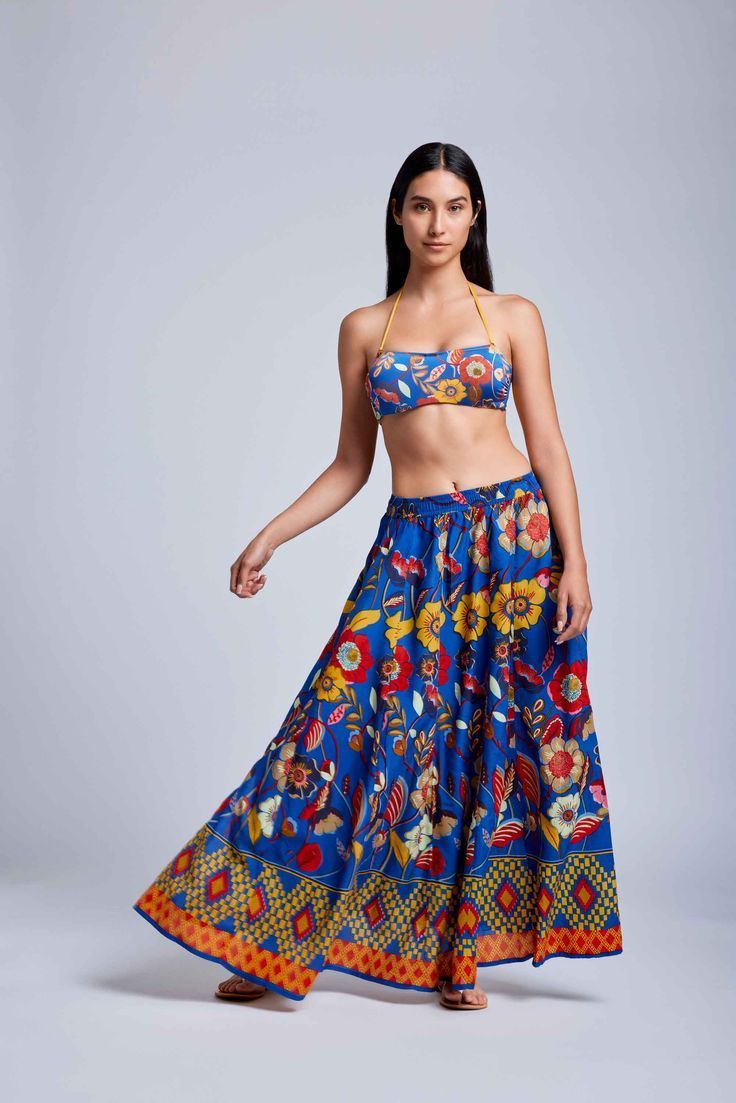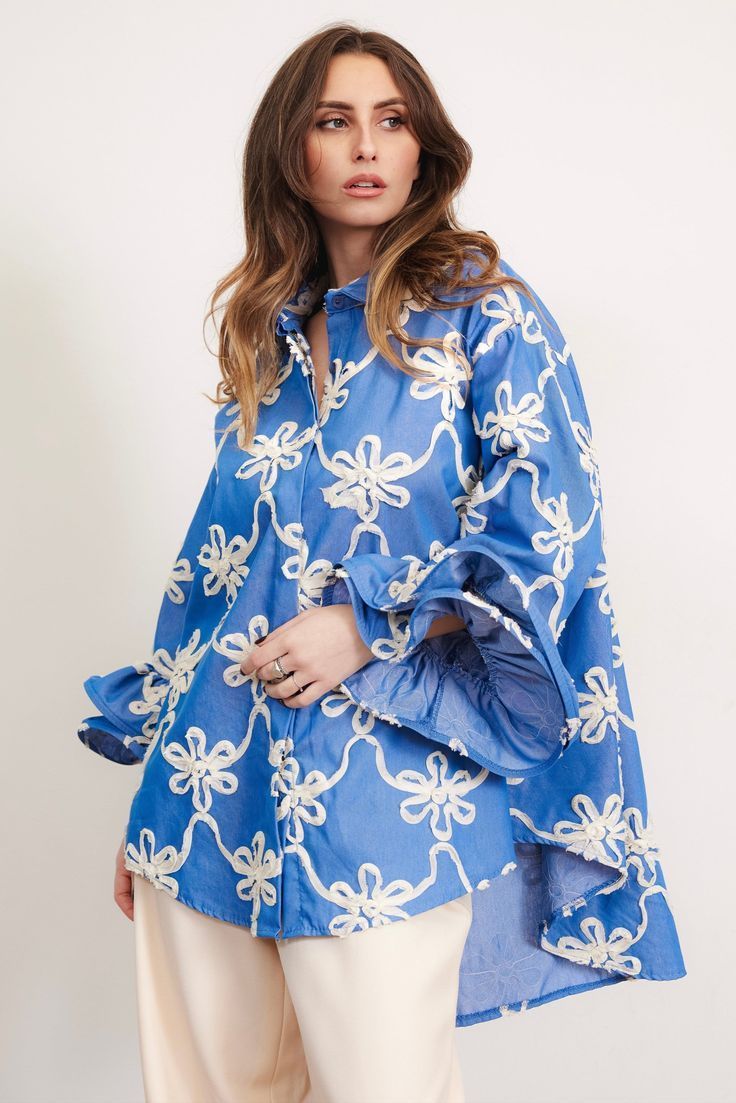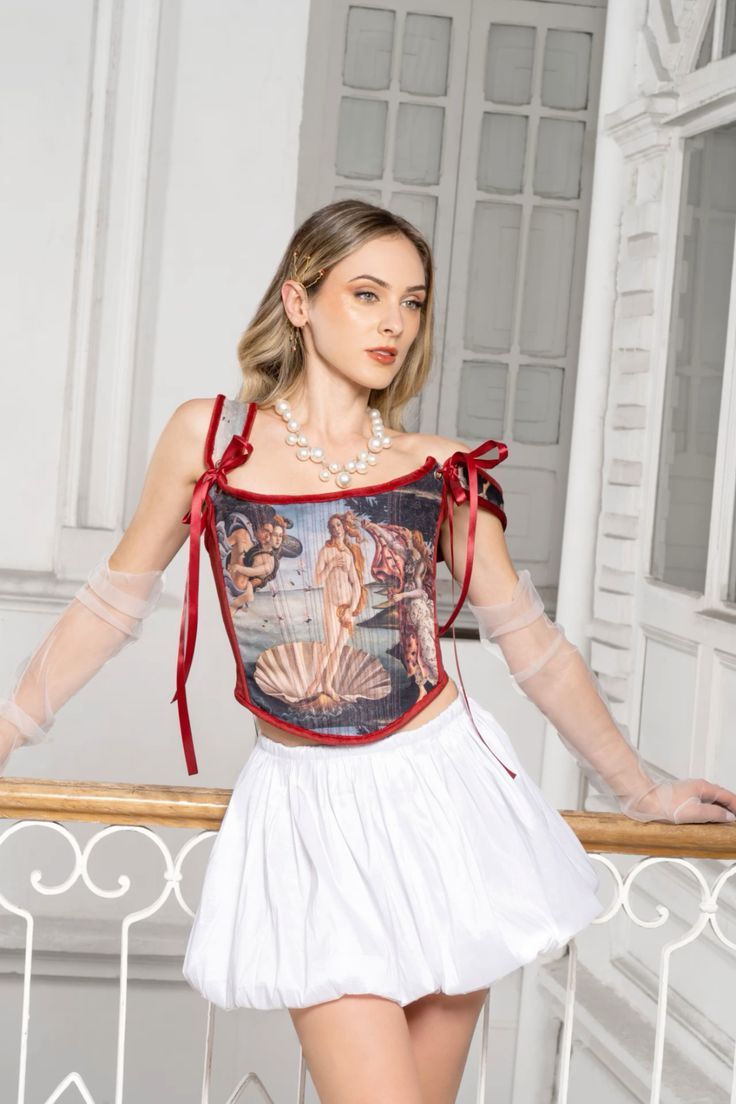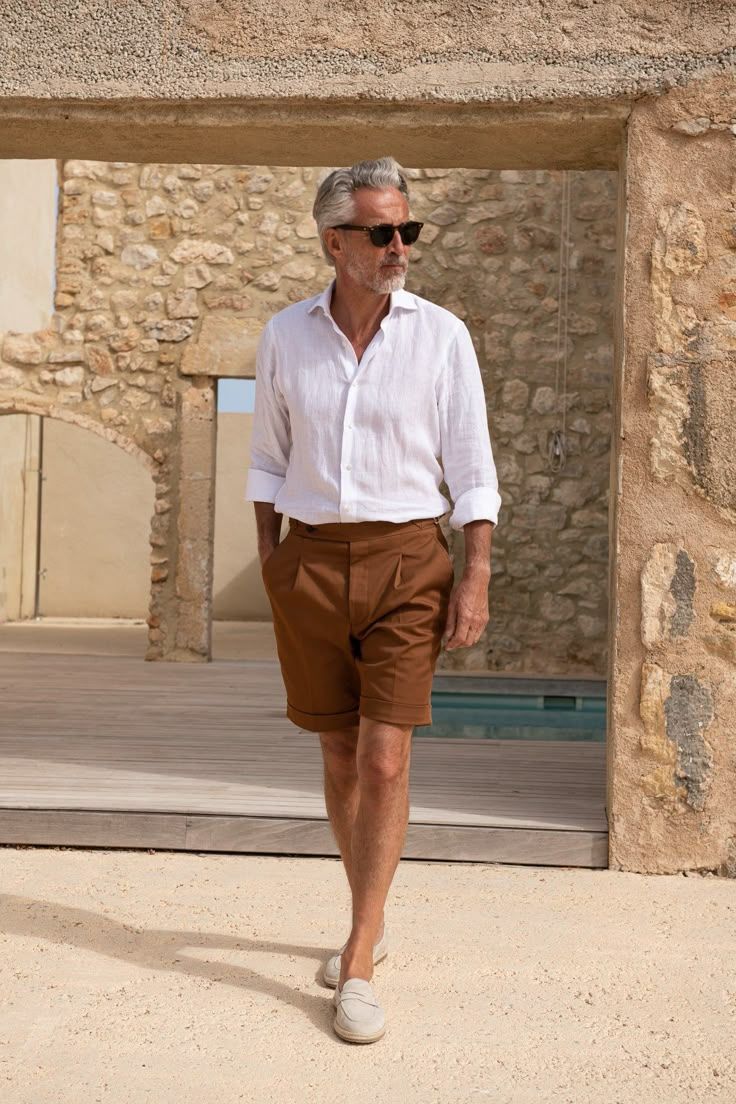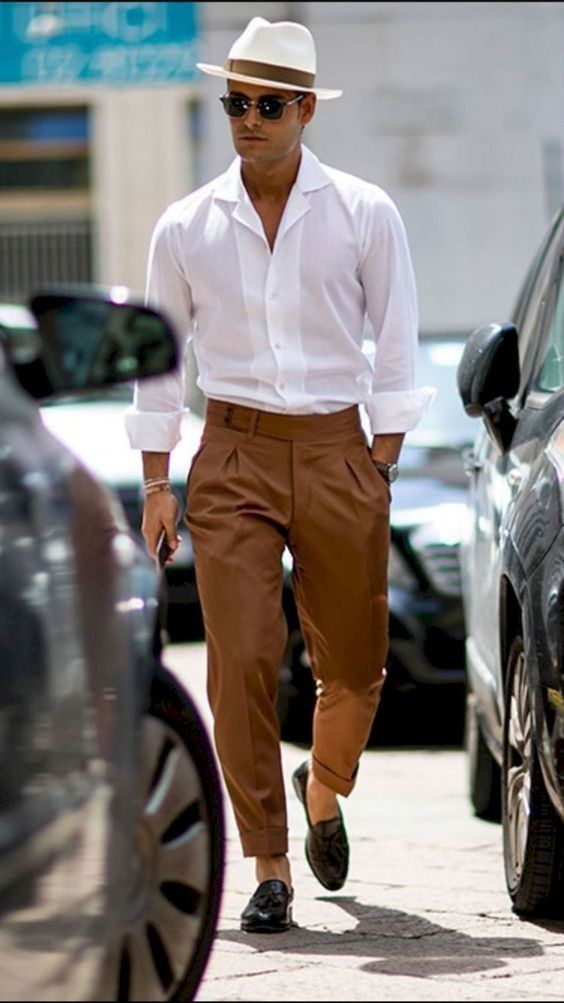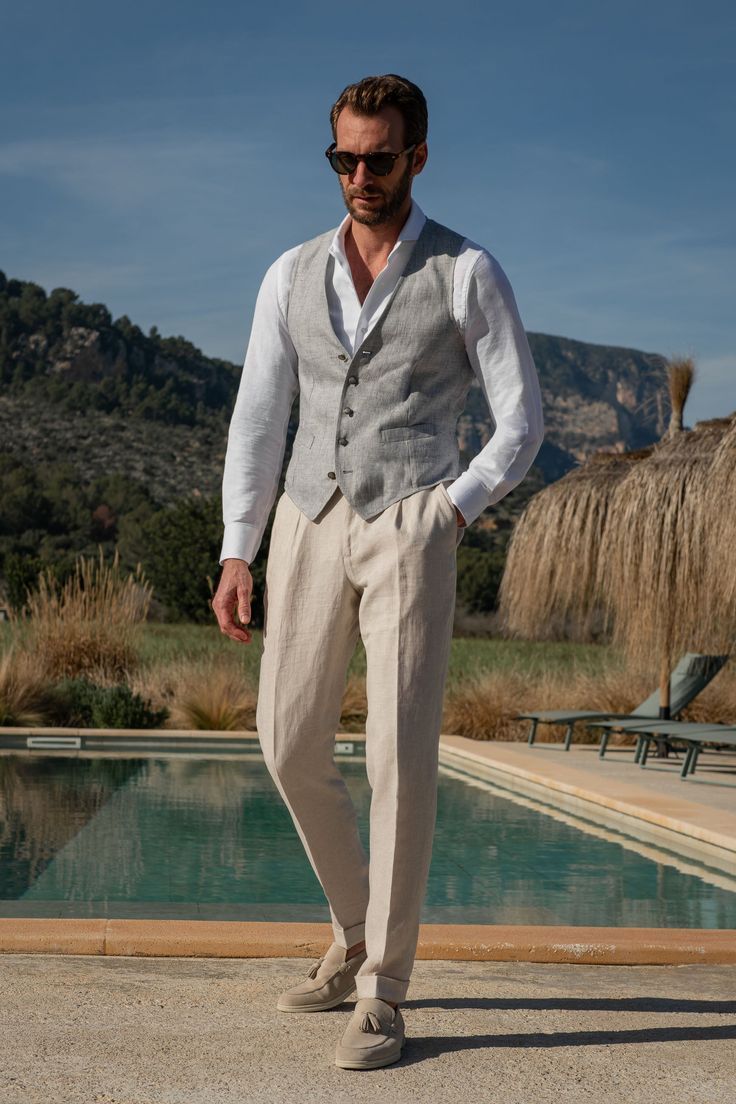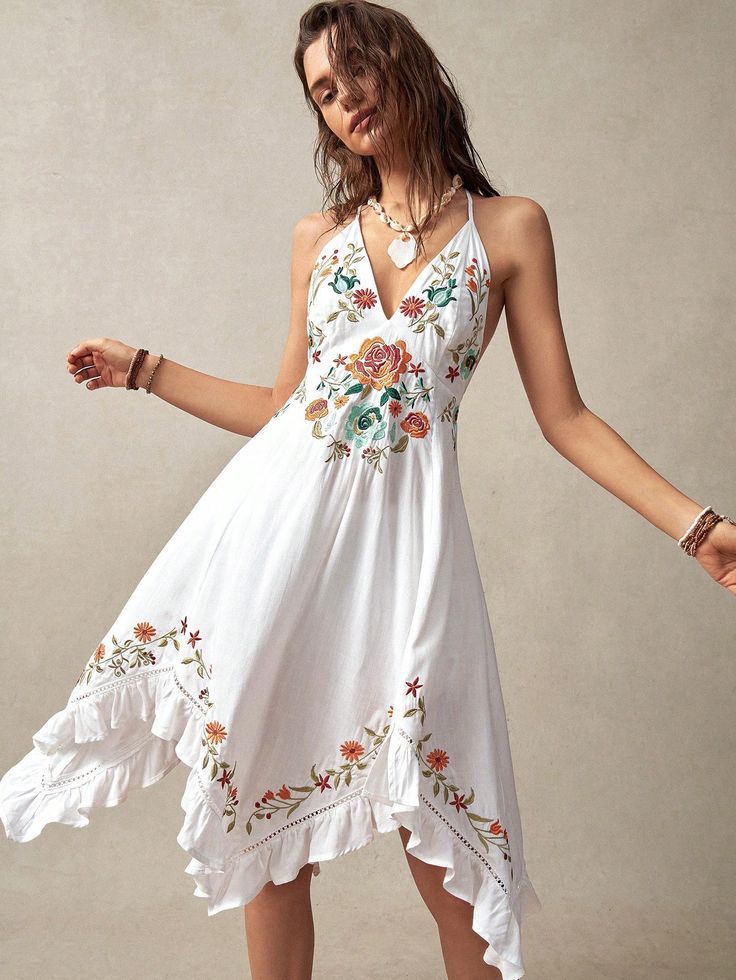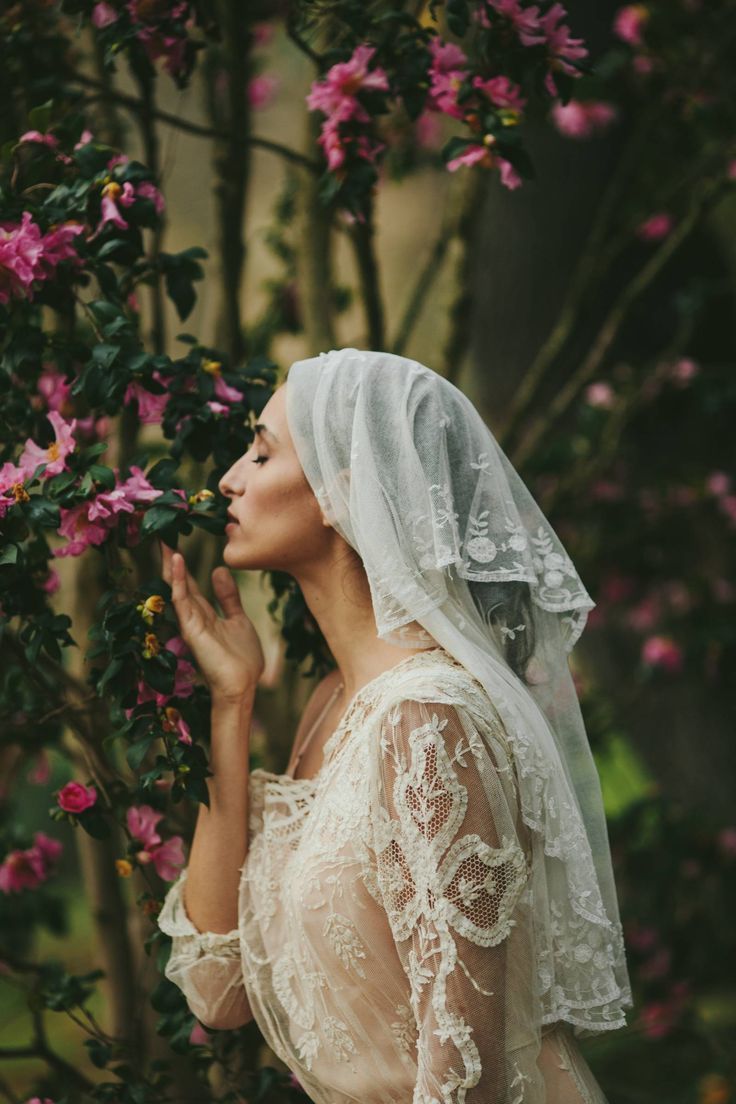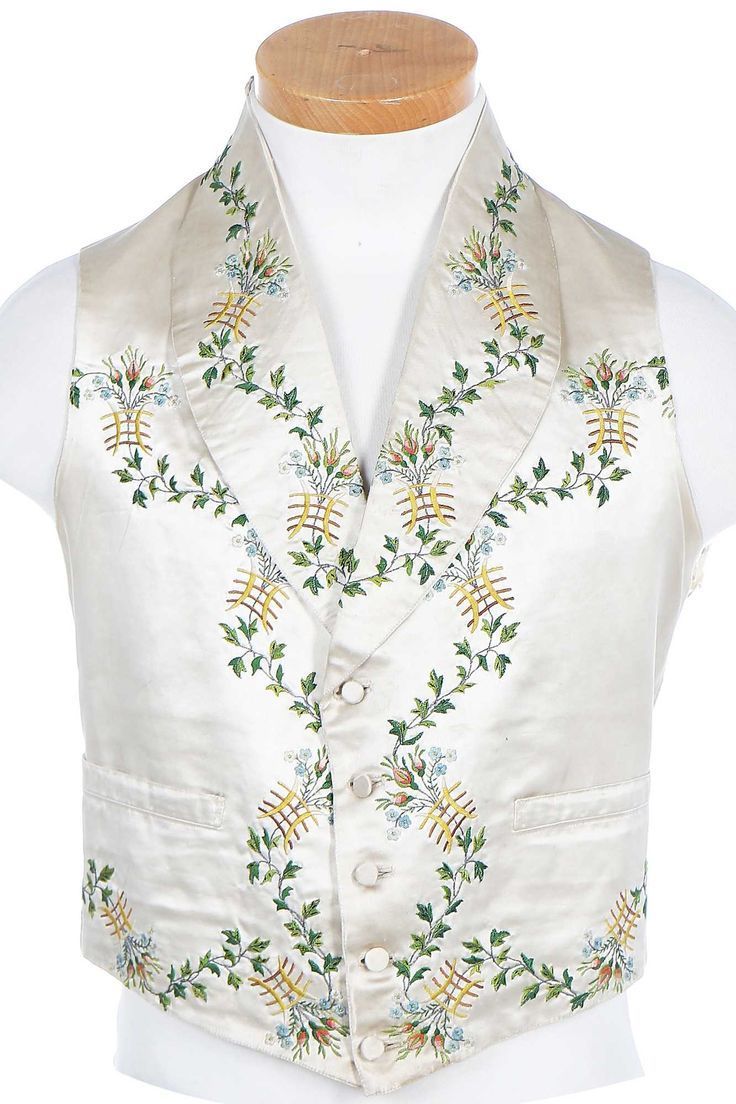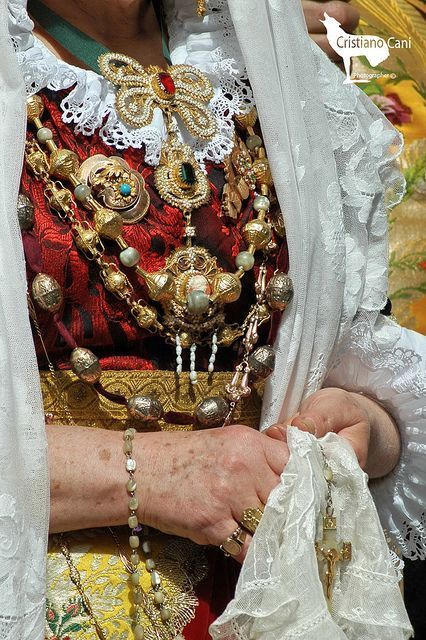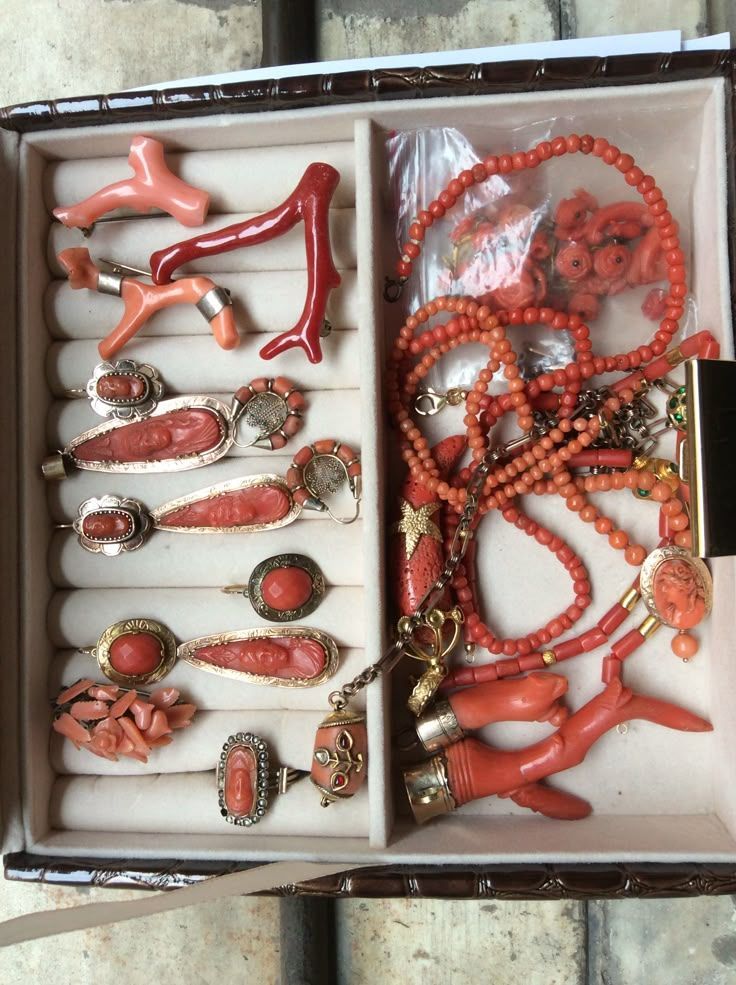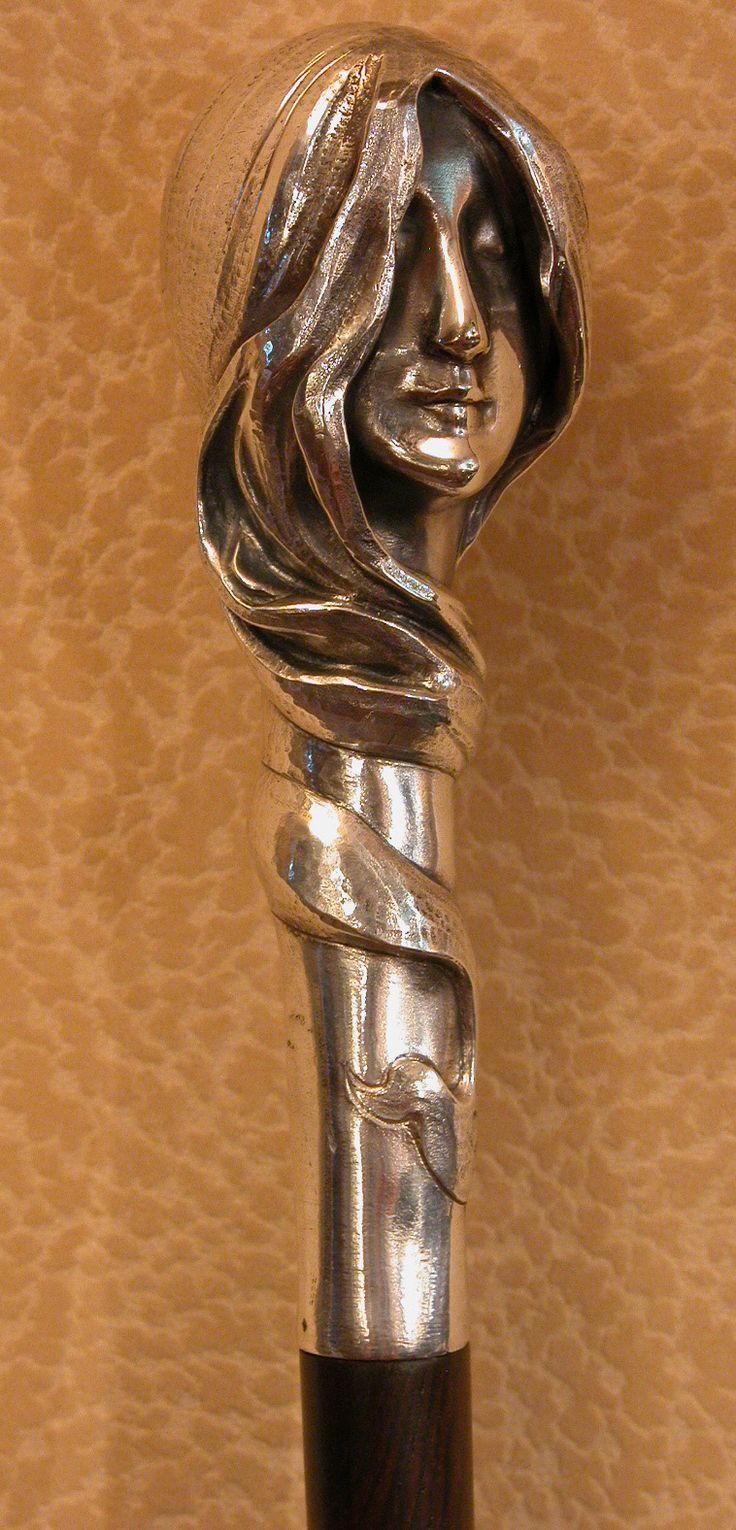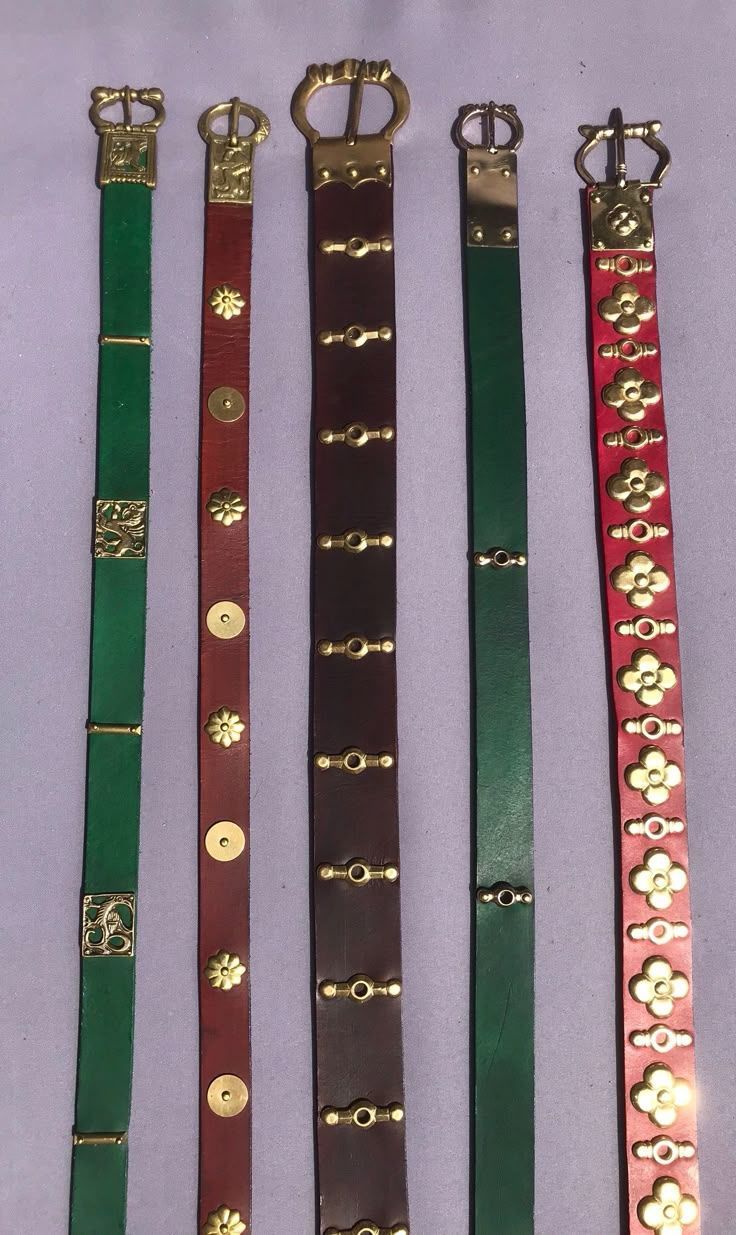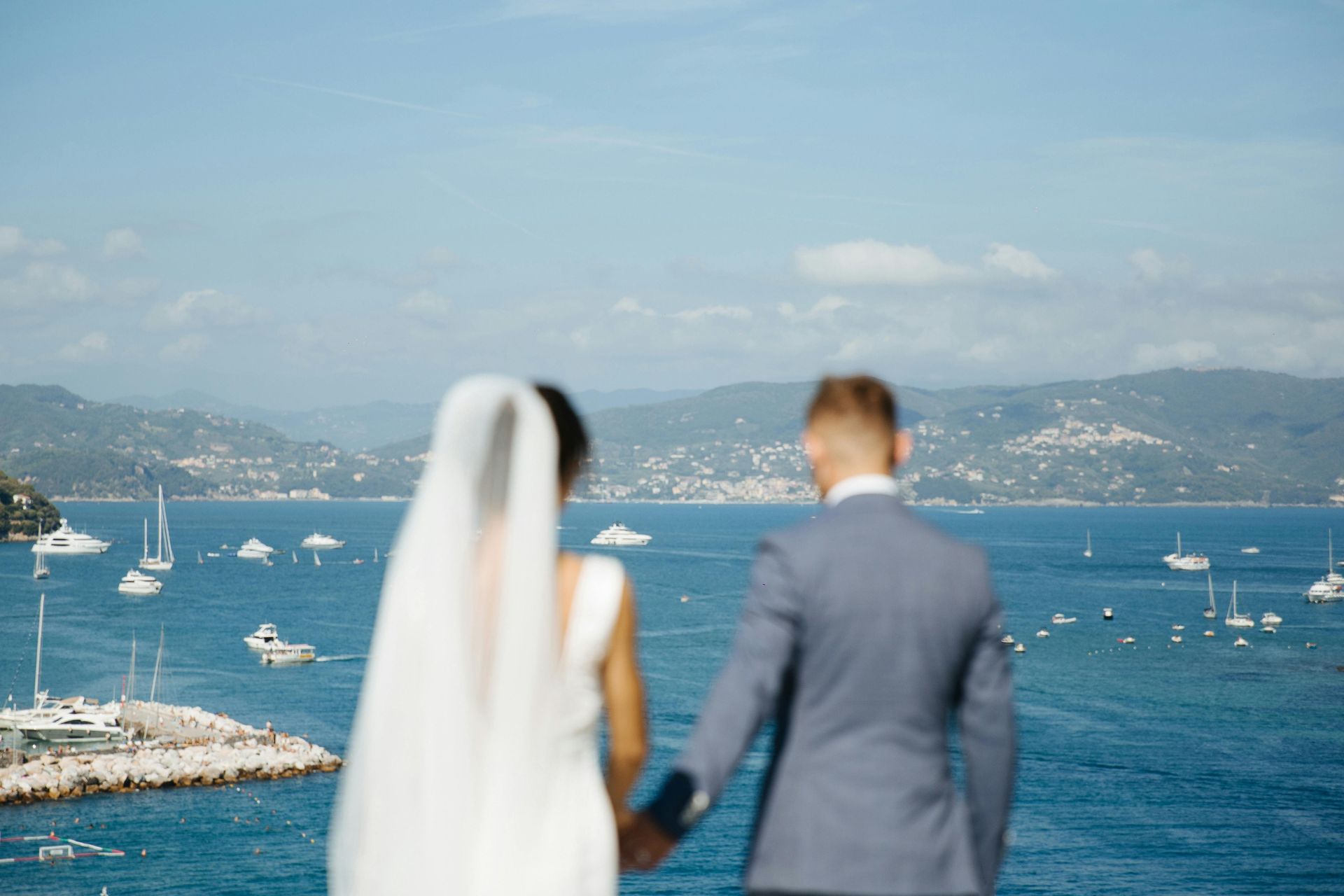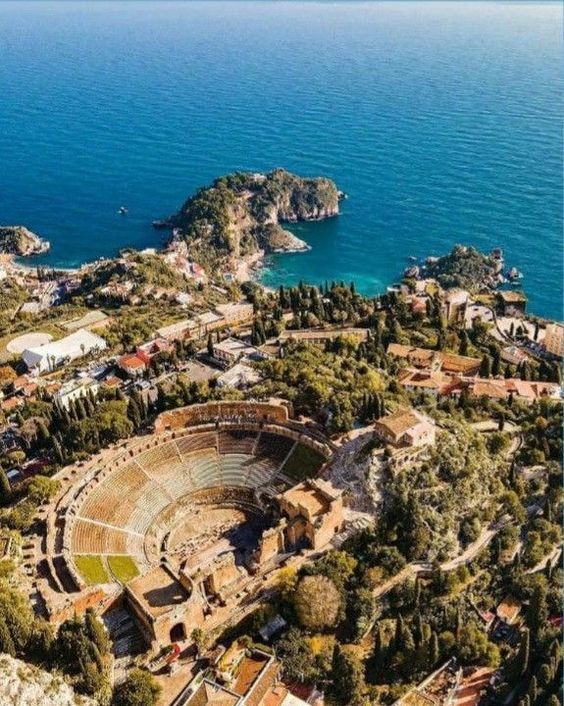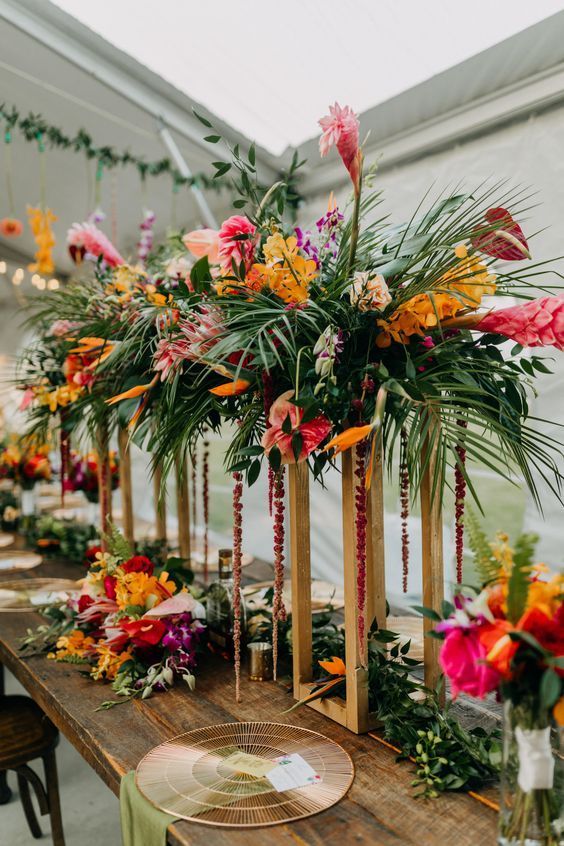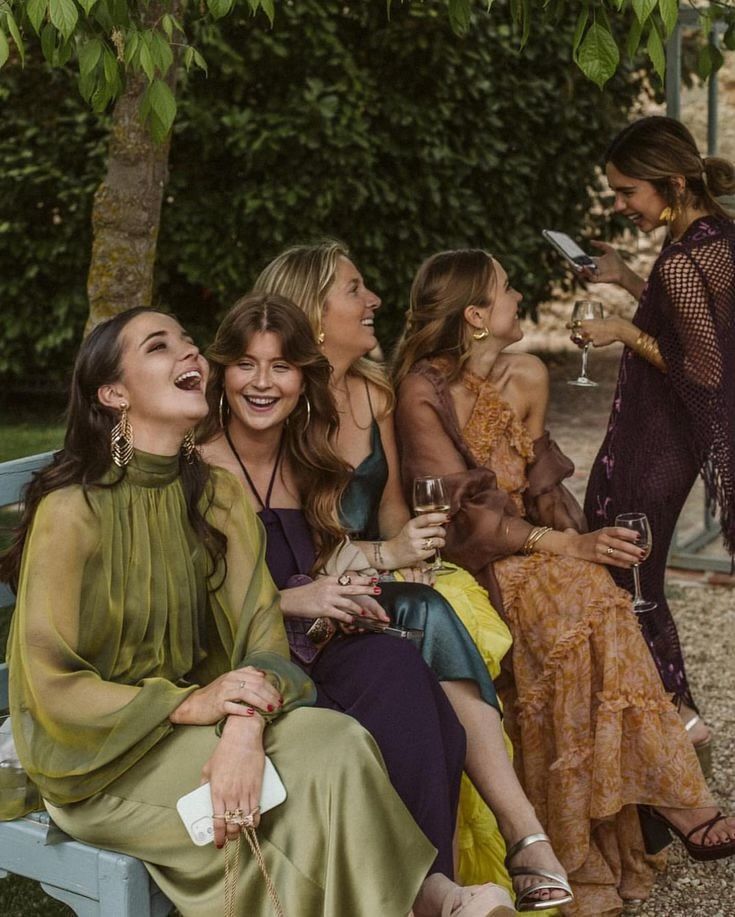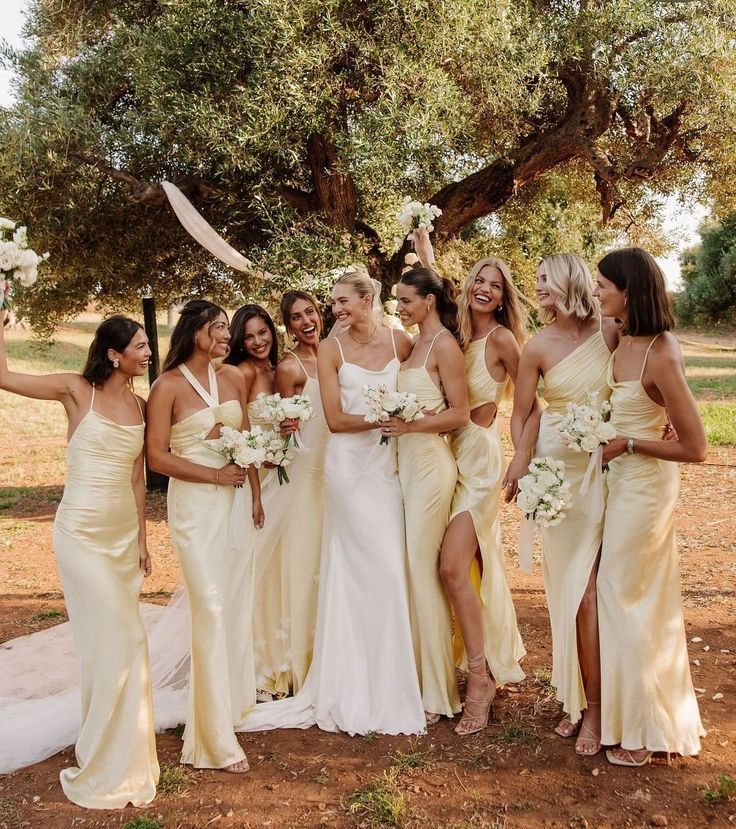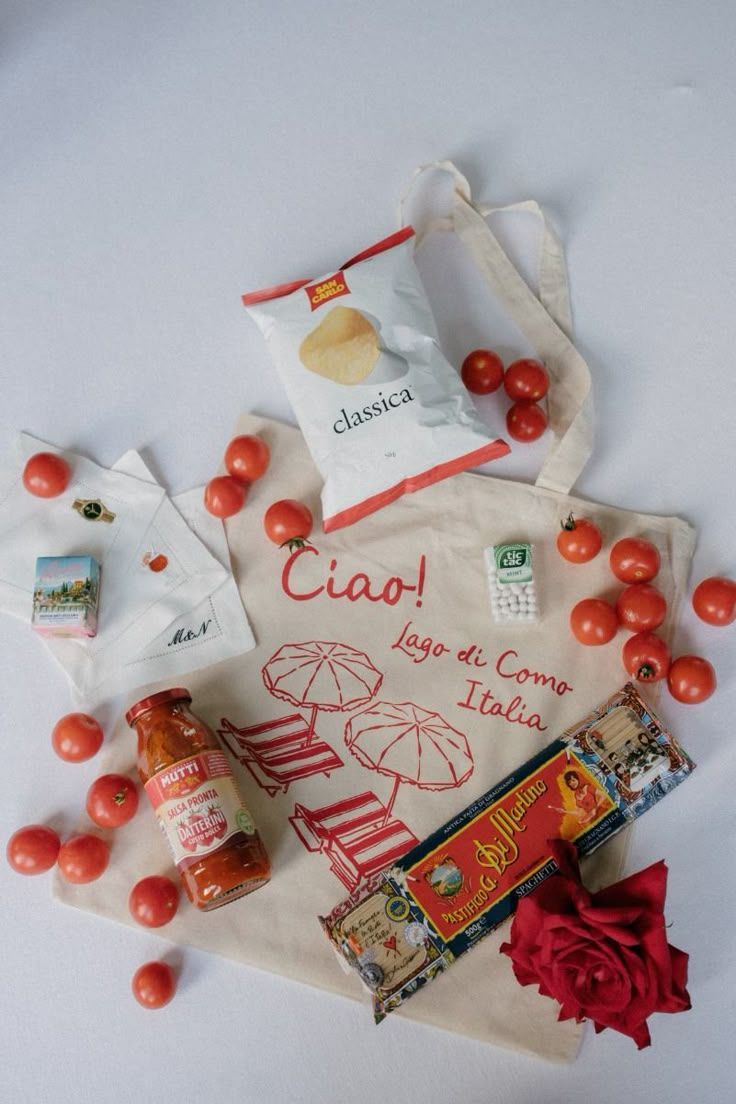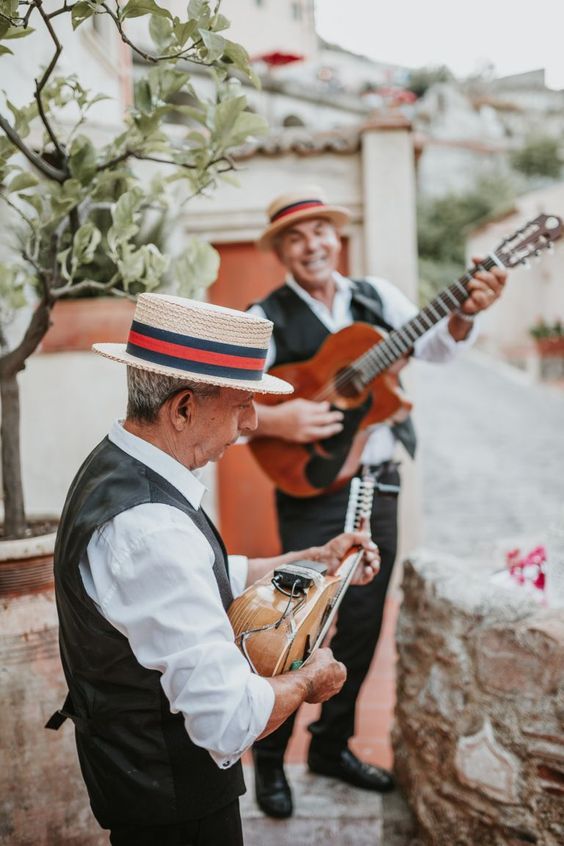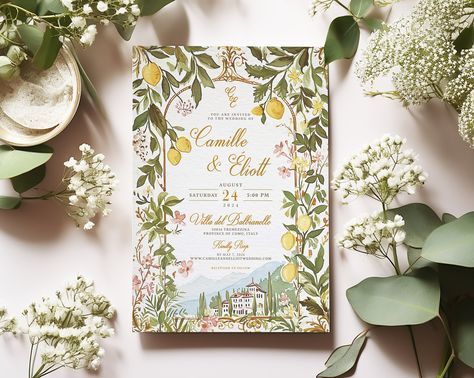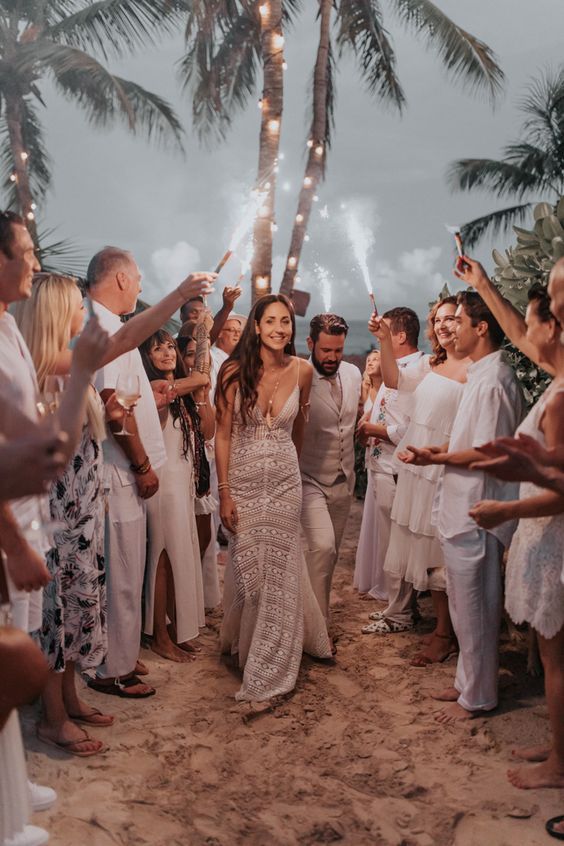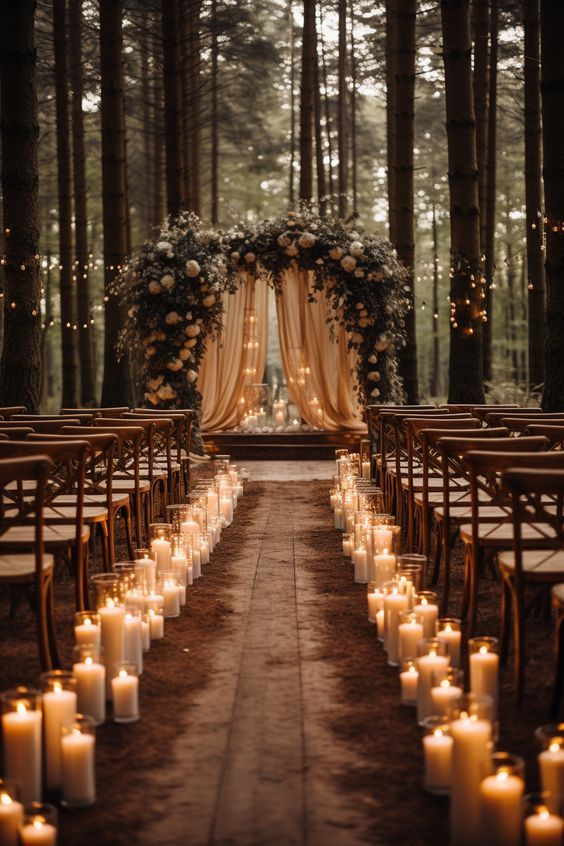Exploring Italy's Ceremonial and Wedding Attire
8 luglio 2025
The Fabric of Tradition: Exploring Italy's Ceremonial and Wedding Attire
Italy is famous for art, beautiful scenery, and food. But it also has a history of traditional clothing. These clothes show the different regions of Italy and its past. From colorful festival outfits to wedding clothes, they're more than just fashion. They show old skills, regional differences, and Italian culture.
The Mosaic of Regional Italian Dress
Italy's traditional clothing varies dramatically from north to south, reflecting the country's relatively recent unification in 1861. Before this pivotal moment, separate kingdoms and city-states developed their own distinctive styles, creating a rich mosaic of regional attire.
Northern Italian Traditional Dress
The mountainous northern regions showcase attire designed for cooler climates:
- Intricately embroidered woolen garments in Valle d'Aosta and Trentino
- Tyrolian influences visible in the distinctive hats and suspenders of Alpine regions
- Venetian costumes featuring luxurious fabrics and elaborate masks, reflecting the city's historic trade prominence
- Lombardy's traditional dress incorporating fine silk production, a regional specialty since the Middle Ages
Central Italian Garments
The heart of Italy displays clothing that balances practicality with artistic expression:
- Tuscan traditional outfits featuring earthy tones and natural fabrics
- Umbrian attire characterized by simple lines with detailed embroidery
- Roman countryside dress incorporating bright colors and multiple layers
- Emilia-Romagna costumes showcasing the region's rich textile heritage
Southern Italian Traditional Clothing
The sun-drenched south bursts with vibrant colors and bold designs:
- Sicilian outfits featuring Arabic influences, bright colors, and intricate patterns
- Calabrian traditional dress incorporating protective symbolic elements
- Apulian attire showcasing lightweight, breezy fabrics perfect for Mediterranean heat
- Neapolitan clothing featuring dramatic silhouettes and theatrical elements
The Elements of Traditional Italian Dress
While regional variations abound, certain common elements appear throughout Italian traditional attire.
Women's Traditional Costume Components
The foundation of women's traditional Italian dress typically includes:
- La Gonna: The pleated skirt, varying in length and color by region
- La Camicia: The white embroidered blouse, often with distinctive regional needlework
- Il Corsetto: The bodice or corset, showcasing regional color preferences and decorative techniques
- Il Fazzoletto: The headscarf, practically essential across all regions with unique folding methods
- Il Grembiule: The decorative apron, often the most elaborately embellished piece
Men's Traditional Costume Elements
Though simpler than women's attire, men's traditional clothing carries equal cultural significance:
- Knee-length trousers (often called "calzoni" or "braghette")
- White shirts with regional embroidery patterns
- Vests or sleeveless jackets displaying family status
- Distinctive headwear ranging from berets to Phrygian caps
- Regional footwear from leather boots to hand-crafted shoes
The Elements of Traditional Italian Dress
What truly sets Italian traditional clothing apart is the exceptional craftsmanship behind each garment:
- Merletto: Italian lace-making traditions dating back centuries
- Ricamo: Embroidery techniques unique to each region
- Tessitura: Hand-weaving processes creating distinctive textiles
- Cucito a mano: Hand-stitching methods passed through generations
- Tintura naturale: Natural dyeing using local plants and minerals
Traditional Italian Wedding Attire Through History
Italian wedding attire presents a fascinating evolution while maintaining connections to regional dress traditions.
Historical Bridal Attire
Italian bridal fashion has transformed dramatically through the centuries:
- Medieval Era: Brides wore their finest dress regardless of color, with red being particularly popular
- Renaissance Period: Wealthy families displayed status through elaborate fabrics and jewels
- 18th-19th Centuries: Regional variations predominated, with local traditional dress adapted for weddings
- Early 20th Century: White dresses became increasingly common, though many rural areas maintained colourful traditions
Modern Italian Bridal Style with Traditional Elements
Today's Italian brides blend contemporary fashion with traditional touches:
- The white gown now predominates but often incorporates regional lace or embroidery techniques
- Traditional headdresses adapted into modern veils and hairpieces
- Family heirloom jewelry integrated into contemporary styling
- Regional color accents incorporated as subtle nods to heritage
Groom's Attire Evolution
Italian grooms have seen their wedding attire evolve significantly:
- Historical regional variations ranged from elaborate velvet outfits to simple but finely tailored suits
- Traditional elements like the "berrite" cap transformed into more formal headwear before disappearing
- Modern Italian grooms favor exceptionally well-tailored suits reflecting Italy's fashion dominance
- Regional touches sometimes appear in boutonnières, cufflinks, or pocket squares
Superstitions and Symbolism in Italian Wedding Attire
Italian wedding clothing carries rich symbolism beyond mere aesthetics:
- The traditional avoidance of gold jewelry (except the wedding ring) stems from beliefs about tempting fate
- Green elements worn the night before for prosperity in marriage
- The iron piece carried by grooms represents strength and protection
- Deliberate tears in veils once considered fortunate symbols
- Regional colour symbolism varying across Italy
Regional Wedding Attire Specialties
Each Italian region brings unique elements to wedding attire:
Sardinian Wedding Traditions
Sardinia maintains some of Italy's most distinctive wedding attire traditions:
- Brides wear sa camisa, an intricately embroidered white linen dress
- The su cossu bodice features spectacular hand work requiring months to complete
- Headdresses incorporate local filigree silver work
- The su lionzu veil creates a dramatic silhouette
- Grooms wear distinctive black and white outfits with regional jewelry
Venetian Bridal Elegance
Venice's wedding attire reflects its history as a trading crossroads:
- Historical brides wore the andrienne, a richly embroidered open robe
- Pearl embellishments symbolise the city's connection to the sea
- Distinctive lace veils showcase Burano lacemaking expertise
- Modern Venetian brides often incorporate elements of traditional carnival costumes
- Gondoliers' traditional outfits inspire groom's accessories
Sicilian Wedding Finery
Sicily's wedding attire reveals its multicultural heritage:
- Traditional blue dresses instead of white, reflecting the island's connection to sea and sky
- Distinctive headdresses incorporating coral (for protection) and amber
- Gold filigree work showing Byzantine and Arabic influences
- Elaborate embroidery featuring regional motifs like lemons and palm fronds
- Men's attire featuring distinctive coppola caps and ornate waistcoats
The Modern Revival of Traditional Italian Dress
Traditional Italian clothing experiences renewed interest in contemporary culture:
- Cultural festivals throughout Italy showcase authentic regional costumes
- Fashion designers draw inspiration from traditional techniques and silhouettes
- Destination weddings in Italy increasingly incorporate elements of regional dress
- Artisanal schools preserve endangered crafts like handmade lace and embroidery
- Young Italians embrace heritage clothing for significant life events
Traditional Accessories and Jewelry
No discussion of Italian traditional clothing would be complete without examining the distinctive accessories:
Women's Traditional Adornments
Female traditional dress includes distinctive decorative elements:
- Regional jewelry styles ranging from Sicilian coral to northern Italian silver work
- Distinctive combs and hair accessories unique to each area
- Handcrafted shoes often revealing a family's socioeconomic status
- Specialised bags and purses for carrying essential items
- Symbolic accessories marking life stages from maiden to married woman
Men's Traditional Accessories
Male traditional dress features meaningful accessories:
- Distinctive belts often showcasing metalwork craftsmanship
- Regional hats signifying local identity and sometimes marital status
- Specialised tools attached to belts indicating profession
- Hand-carved walking sticks for both practical use and decoration
- Regional jewelry including distinctive buttons and pins
The Living Legacy of Italian Traditional Dress
Unlike museum artifacts that are only for display, traditional Italian clothing is still a part of everyday life and continues to change with the times. From the detailed hand-stitched blouses in Sardinia to the elegant wedding suits in Milan, these clothes help modern Italians stay connected to their local traditions and cultural roots.
Some outfits are worn just for special events, while others inspire modern fashion designers. Either way, traditional Italian clothing stays important by blending old techniques with today’s styles. These garments show that clothing is not just about covering the body—it also reflects culture, creativity, and a sense of belonging.
For tourists and fashion lovers, discovering Italy’s traditional clothing offers more than just pretty designs. Every pattern, color, and shape tells a story of local pride, history, and the Italian talent for turning simple needs into beautiful art. In today’s world of mass-produced clothes, these traditional outfits remind us how valuable handmade work and true cultural style still are.
FAQs About Italian Traditional Clothing
1. Are traditional Italian outfits still worn today?
While not common for everyday wear, traditional outfits appear during regional festivals, religious celebrations, and historical reenactments. Many Italians also incorporate elements of traditional dress into special occasions like weddings.
2. How do I identify which region an Italian traditional costume represents?
Look for distinctive color schemes, embroidery patterns, and headwear styles. Venetian costumes typically feature elaborate masks, Sardinian outfits showcase intricate embroidery, and Sicilian dress often incorporates Arabic-influenced patterns.
3. Can tourists purchase authentic traditional Italian clothing?
Yes, specialised artisan workshops throughout Italy create authentic traditional garments, though quality pieces require significant investment. More accessible options include modern clothing incorporating traditional techniques or accessories featuring regional motifs.
4. How have Italian fashion houses been influenced by traditional clothing?
Many iconic Italian designers draw inspiration from regional traditions. Dolce & Gabbana frequently references Sicilian folk dress, Missoni's distinctive patterns echo traditional weaving techniques, and Valentino has incorporated traditional lacework into contemporary designs.
5. What's the best way to experience traditional Italian clothing when visiting Italy?
Plan your visit around regional festivals like Siena's Palio, Venice's Carnival, or religious processions where traditional dress is showcased. Many regions also have excellent textile museums displaying historical garments and explaining local traditions.
6. How can I incorporate elements of Italian traditional dress into a modern wedding?
Consider lace veils inspired by regional techniques, bouquets incorporating symbolic regional flowers, groom's accessories like cufflinks featuring traditional motifs, or bridesmaids' dresses in colors significant to your Italian heritage region.
Request your FREE consultation for your wedding in Sicily today!
Request your FREE consultation for your wedding in Sicily today!
Address: Via Gramsci, 152, Gravina di Catania rossellagiuffrida.events@gmail.com


